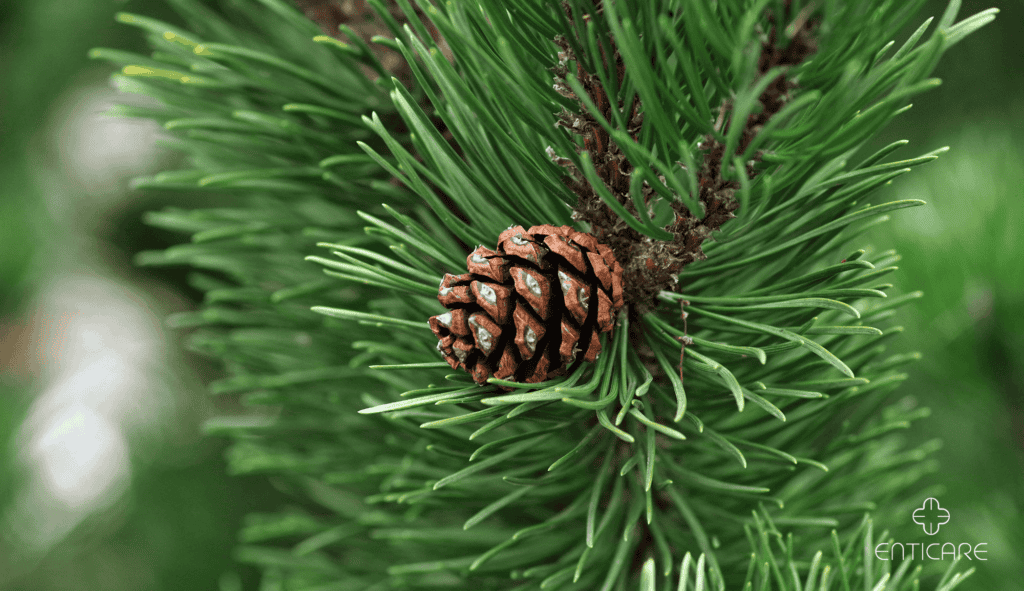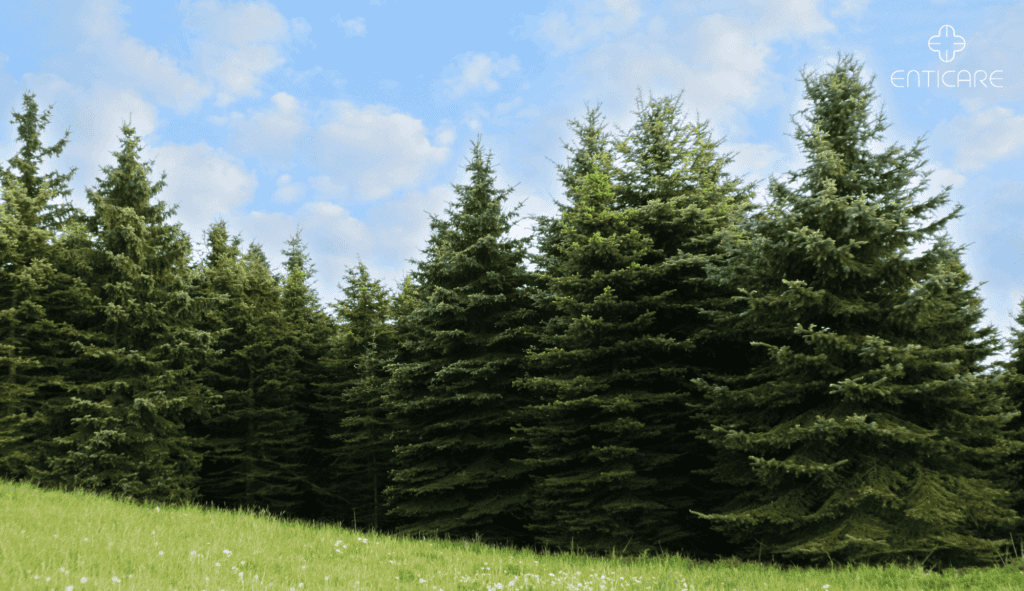The iconic pine tree, a symbol of resilience and fresh mountain air, can surprisingly trigger discomfort for some individuals. Pine tree allergies, caused by the wind-borne pollen released by these evergreens, can disrupt the enjoyment of the outdoors and even holiday traditions.
Pine trees, with their distinctive needles and fragrant aroma, are a dominant feature of many landscapes across North America. While valued for their aesthetic appeal and ecological importance, they can be a hidden source of allergies for some.
Pine trees are native to a large portion of North America, with various species adapted to different climates. Here’s a breakdown of their distribution:
Widespread Presence: Pine trees are found across Canada and the United States, with vast forests in the Pacific Northwest, Rocky Mountains, and southeastern regions.
Species Diversity: There are over 100 species of pine trees in North America, each with slightly different pollen characteristics and flowering times.
Understanding the abundance and variety of pine trees in your area can help you anticipate potential allergy concerns.

Seasonality and Characteristics:
Pine tree allergies typically occur during the late winter and early spring months, from February to April. Here’s a closer look at the key factors:
Wind-Pollination: Pine trees rely on wind for pollination, releasing large quantities of pollen during this period.
Microscopic Pollen: The pollen grains are very small and easily carried by wind, increasing the risk of inhalation and potential allergic reactions.
Allergenicity: While the pollen itself is not highly allergenic, some individuals can develop sensitivities to specific proteins within the pollen.
Cross-reactivity: Individuals with allergies to other trees in the Pinaceae family, such as firs or spruces, might experience cross-reactions due to similar pollen components.

Discovering the Symptoms:
Pine tree allergies can manifest in various ways, often mimicking other seasonal allergies. Here are some common signs to watch out for:
Hay fever: This includes symptoms like runny nose, sneezing, itchy and watery eyes, and congestion.
Sinus issues: Facial pressure, headaches, and postnasal drip can occur.
Respiratory problems: Coughing, wheezing, and difficulty breathing might be experienced in severe cases.
Skin reactions: Hives, rashes, or eczema can develop in some individuals.

Managing Pine Tree Allergies:
If you suspect you might have pine tree allergies, consulting a healthcare professional is crucial for proper diagnosis and a personalized management plan. Here are some general tips for effective management:
Minimize exposure: During peak pollen season, stay indoors when possible during the daytime, keep windows closed, and consider using air purifiers at home.
Medication: Antihistamines and nasal corticosteroids, as prescribed by your doctor, can help alleviate allergy symptoms.
Allergy shots (immunotherapy): In specific cases, your doctor might recommend allergy shots to desensitize your immune system to the pollen over time.
Pine tree allergies, with their intricate origins and forest-fresh manifestations, demand recognition and understanding. With awareness as your guide, transform your relationship with pine-filled landscapes, fostering a harmonious coexistence with the environment. Embark on the journey to improved health. Discover your treatment options with Enticare. Reach out to us today at 480-214-9000!

